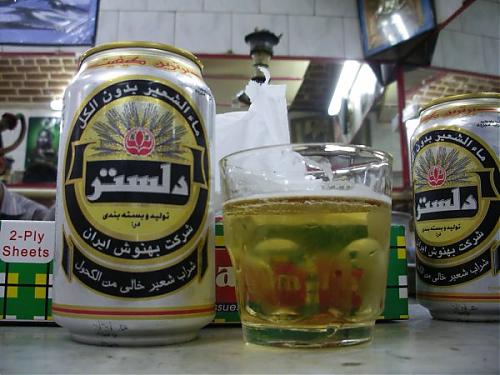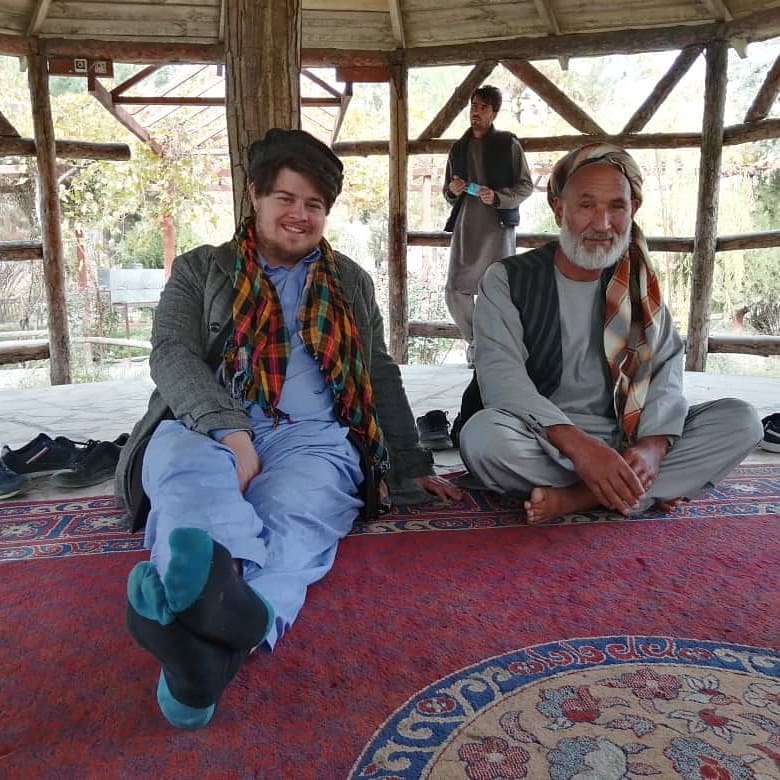Most people will know that Iran is a dry country, and no we don’t mean that it doesn’t get much rain, although for
much of the country that is also true. By dry, we mean that alcohol is illegal. Since the Islamic Revolution in 1979, for the most part in Iran, it is illegal to import, purchase or consume any drinks that contain alcohol. There are exceptions for minority groups within the country such as Christians and Zoroastrians, but for most people and for most travellers, for the time you’re in Iran you’ll have to stick to soft drinks, juices, tea, or coffee.
There is a rich history of alcohol in Iran, with the original religion of Zoroastrianism considering wine to be important, both for ritualistic purposes and for pleasure. Between the 9 th and 19 th centuries (1000 years!) Iran was considered one of the world’s greatest wine producers exporting their wares all over the world. Even in the early Islamic period, the consumption of wine was not only permissible but of deep societal importance. Early European travellers noted the massive consumption of wine and its immense popularity.
Iran also happens to hold the unique distinction of possibly being the first place on earth where beer was made. At a place called Godin Tepe in far Western Iran, the earliest evidence of beer production anywhere in the world has been found. The site in question dates from 3500 to 3100 BC, meaning that beer was being enjoyed in the hot Iranian desert over 5000 years ago!
The ban of alcohol has meant that wine is extremely rare now, but it has not stopped Iranians from enjoying a cold brew, with non-alcoholic beers being extremely popular, in most instances as popular as Coke, Pepsi and Fanta.
Popular brands include both international brands such as Holsten and Bavaria, which many will know for their more popular alcoholic varieties, as well as local brands such as Istak, Delster, HeyDay, Parsi, Argo and Barbican.
The big difference between non-alcoholic beers and normal beers is the insane range of flavours which include classic malt, lemon, peach, coffee, pineapple, pomegranate, apple, tropical, stout, energy drink, lemon and mint. This list doesn’t even scratch the surface of the flavours which are available.
One particular trend in recent years is the attempt to produce non-alcoholic
beers which more closely resemble real beer, and more specifically craft beer, which means you can get Pale Ales, Stouts, Pilsners and the creatively named IPA – Iranian Pale Ale. The brand HeyDay is one of the producers most identified with this movement towards ‘craft’ drinks.
In Iran, non-alcoholic beers are rarely referred to as non-alcoholic or indeed beers, more commonly known as ‘Malt Beverages’.
The Iranian government even encourages non-alcoholic beer consumption, in part to combat the need for individuals to consume alcoholic beer, but also due to the perceived health advantages over other carbonated sugary soft drinks such as cola and lemonade.
Some say it tastes nothing like normal beer, while others even claim it tastes better. It’s all a matter of personal taste. However one rule does apply, if you’re in Iran, you need to try a cold non-alcoholic malt beverage.
Fancy trying some of these wonderful drinks for yourself? Have a look at our upcoming Iran tours .



